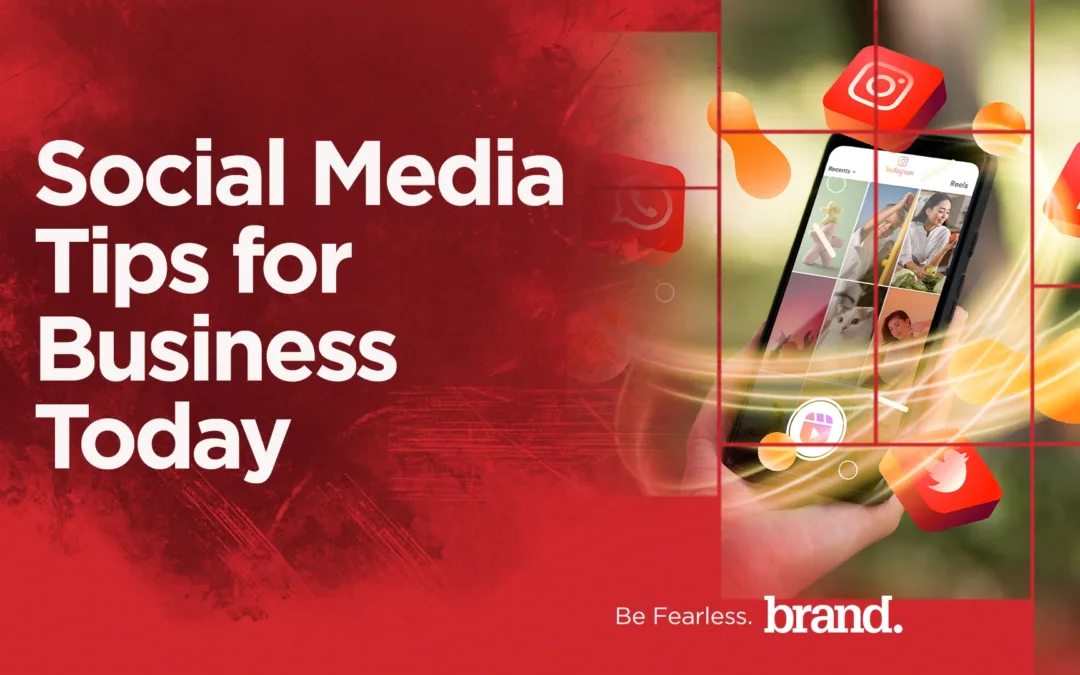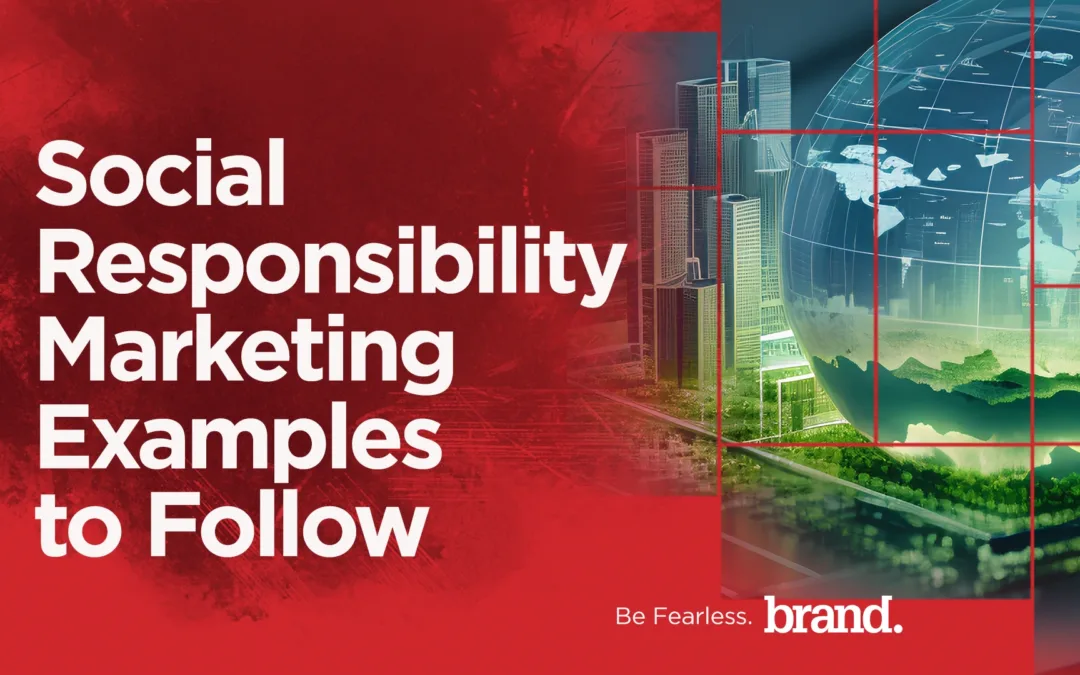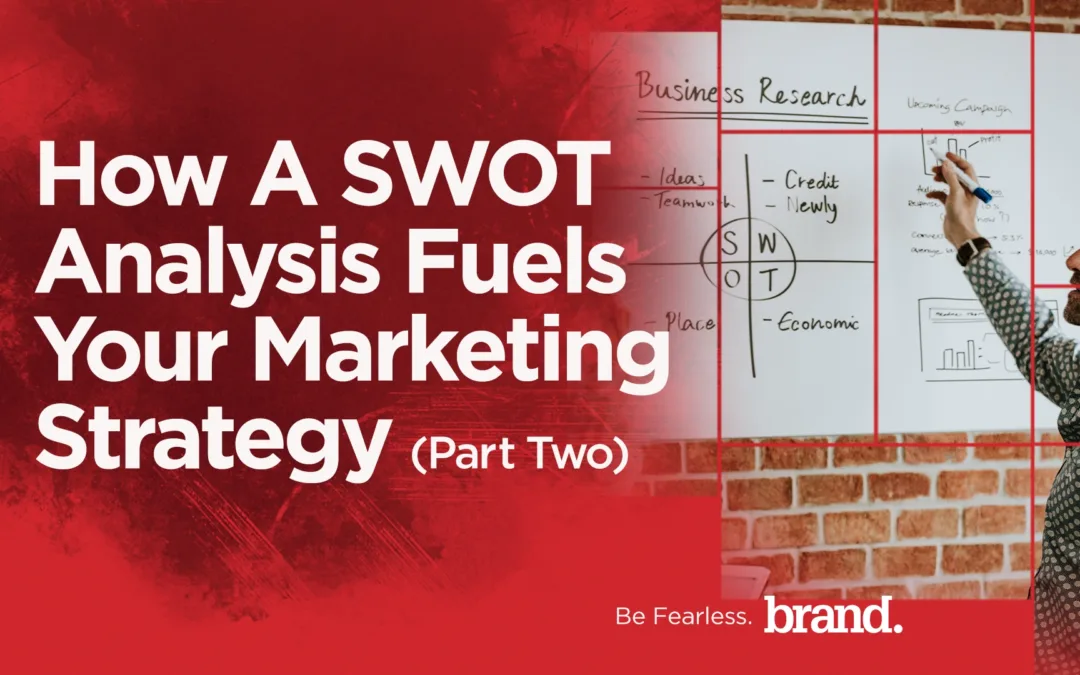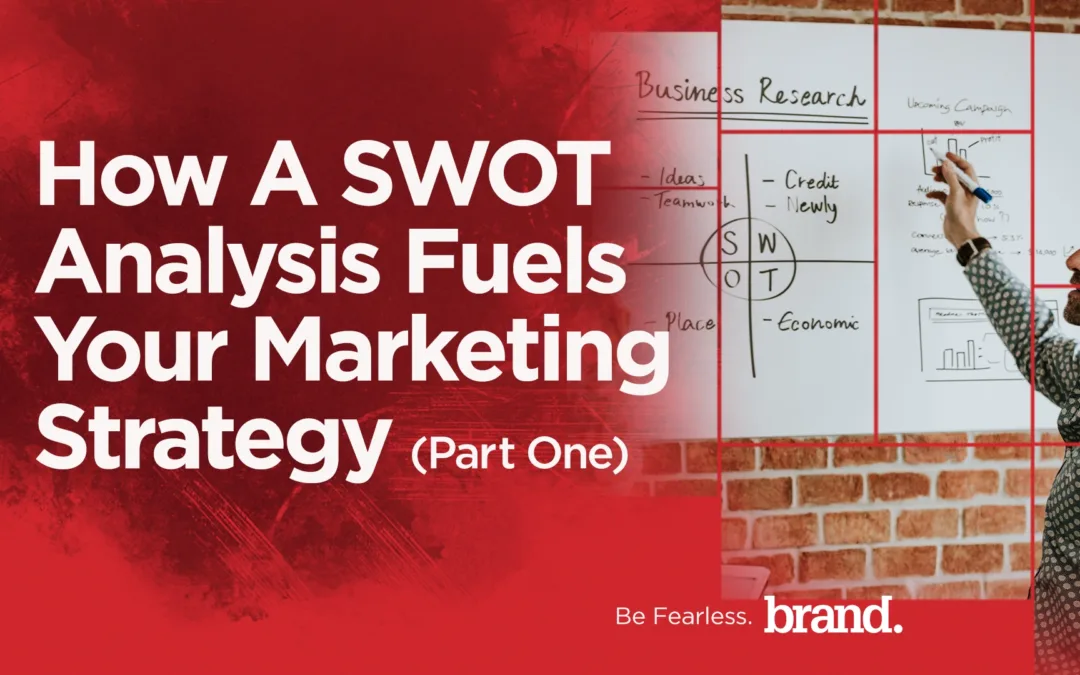In the fast-paced world of marketing, customer behavior is constantly changing and with consumer attention spans becoming shorter, businesses and brands are compelled to rethink their marketing strategies. Inbound marketing, while not a new concept, has emerged in our digital age as a cornerstone of successful marketing. As the impact of outbound marketing is dwindling due to shifting market dynamics, inbound marketing emerges as the beacon of sustainable growth.
Let’s delve into the world of inbound marketing, exploring its various components and showcasing why it remains a best practice for businesses striving to achieve growth.
The Rise of Inbound Marketing
The days of bombarding consumers with advertisements are fading fast. With the proliferation of screens and constant exposure to ads, people are experiencing ad fatigue like never before. Traditional outbound marketing techniques, such as cold calls and banner ads, are often met with resistance and may result in negative brand perception. This changing landscape calls for a more customer-centric approach and this is where inbound marketing comes into play.
Inbound marketing revolves around attracting, engaging, and delighting customers through valuable and relevant content. Inbound marketing aims to educate and provide solutions to consumers’ problems, which aligns perfectly with the current consumer mindset, where information and authenticity are highly valued.
The global pandemic has also reshaped the way businesses operate and interact with their audiences. The shift to hybrid and virtual events meant that traditional marketing campaigns needed to seek more creative ways to engage and reach out to their audiences and inbound marketing proved to be the guiding light for businesses looking to do that.
Furthermore, with the advancement of technology, businesses are increasingly turning to digital channels to reach their customers. Inbound marketing strategies seamlessly transitioned to the virtual realm, providing a platform for brands to stay connected and engaged. Webinars, online workshops, and virtual conferences became the norm, enabling businesses to showcase their expertise while fostering meaningful interactions. The digital age also meant that it has been much easier for customers to look for and find relevant content that they need, leading them to blogs, videos, and other content.
Flywheel Marketing in Inbound Strategies
Amidst all this focus on inbound strategies, flywheel marketing has emerged as a central concept. Unlike the traditional funnel model that focuses solely on attracting new customers, the flywheel model emphasizes the continuous cycle of attracting, engaging, and delighting customers, leading to a self-sustaining growth mechanism.
It is paramount to understand that flywheel marketing only takes off through the power of omnichannel marketing via inbound and outbound efforts. Furthermore, inbound strategies perform ten times better when utilized with the omnichannel approach. For example, leveraging a paid ad campaign, SEO, social media marketing and email marketing campaign will bear multiple 10x growth for a business than using one or two of them.
The flywheel marketing approach recognizes the value of customer satisfaction and advocacy. Happy customers become brand promoters, driving referrals and word-of-mouth marketing. Inbound marketing strategies are geared toward nurturing these relationships and creating a positive feedback loop that fuels growth.
Mastering Inbound Marketing: Key Components and Best Practices
- Content Marketing – Central to the philosophy of inbound marketing is creating valuable content that addresses the needs of the audience. Whether it’s informative articles (blogs or off-site articles), comprehensive guides, video content, social media content, or in-depth whitepapers, content marketing positions a brand as an industry thought leader. Offering this content for free not only attracts potential customers but also fosters a sense of reciprocity.
- Blogs – By crafting insightful and informative blog posts, businesses can address the topics that matter most to their customers, such as solving industry problems, educating their consumers on product or service insights, behind-the-scenes business operations, product comparisons, customer reviews, and many others. By providing valuable content, businesses can build thought leadership, position themselves as trusted authorities, and attract an audience eager to learn and engage.
- Social Media – Considering the number of hours that users spend on social media every day, this is one platform that businesses simply cannot ignore when it comes to building their inbound marketing strategy. Not only can a consistent social media presence attract new customers and build a brand presence, but it can also reengage existing followers and increase the chance of them becoming return customers. Social media can also be used as a form of outbound marketing, in the form of paid ads.
- SEO – Search Engine Optimization (SEO) remains a crucial aspect of inbound marketing; it is an affordable way of increasing organic traffic and getting sustained brand exposure. Optimizing content with relevant keywords and building high-quality backlinks enhances a brand’s visibility on search engines. While SEO is a long-term investment that requires patience, the rewards are immense and provide every business the lowest cost-per-acquisition across all digital marketing efforts.
- Website Design – A well-designed, conversion-focused website acts as a digital storefront and educational hub. It should not only be visually appealing but also guide prospects through the buyer’s journey. Businesses can keep visitors engaged and encourage them to explore the website further by having engaging content, strategically placed calls-to-action, and intuitive navigation.
- Video Content – Videos offer a dynamic way to connect with audiences on a personal level and businesses are cashing in on this. In fact, 91% of businesses are utilizing video as a marketing tool. The video content could showcase behind-the-scenes glimpses, customer success stories, and discussions about cost and pricing. These videos humanize the brand and create a sense of authenticity that resonates with viewers.
- Email Campaigns – Email campaigns remain a key aspect in the world of inbound marketing due to their impressive return on investment (ROI); email has an ROI of $36 for every $1 spent. By sending helpful and relevant content, businesses can nurture leads over time, building trust and credibility. Just like SEO, email campaigns require a long-term perspective, as cultivating a loyal subscriber base is a valuable asset for sustained growth.
Work with BRAND today
By strategically leveraging content marketing, businesses can create a holistic inbound marketing approach that resonates with their target audience. Inbound marketing empowers brands to connect authentically, provide value, and build lasting relationships – a recipe for success in an ever-evolving digital landscape.
As businesses continue to navigate the intricacies of modern marketing, inbound marketing remains a best practice for driving sustained growth and fostering meaningful customer connections. Here at BRAND, we look to bring value to our clients through inbound marketing, as part of our range of marketing services. Contact us today to start your inbound marketing journey.






